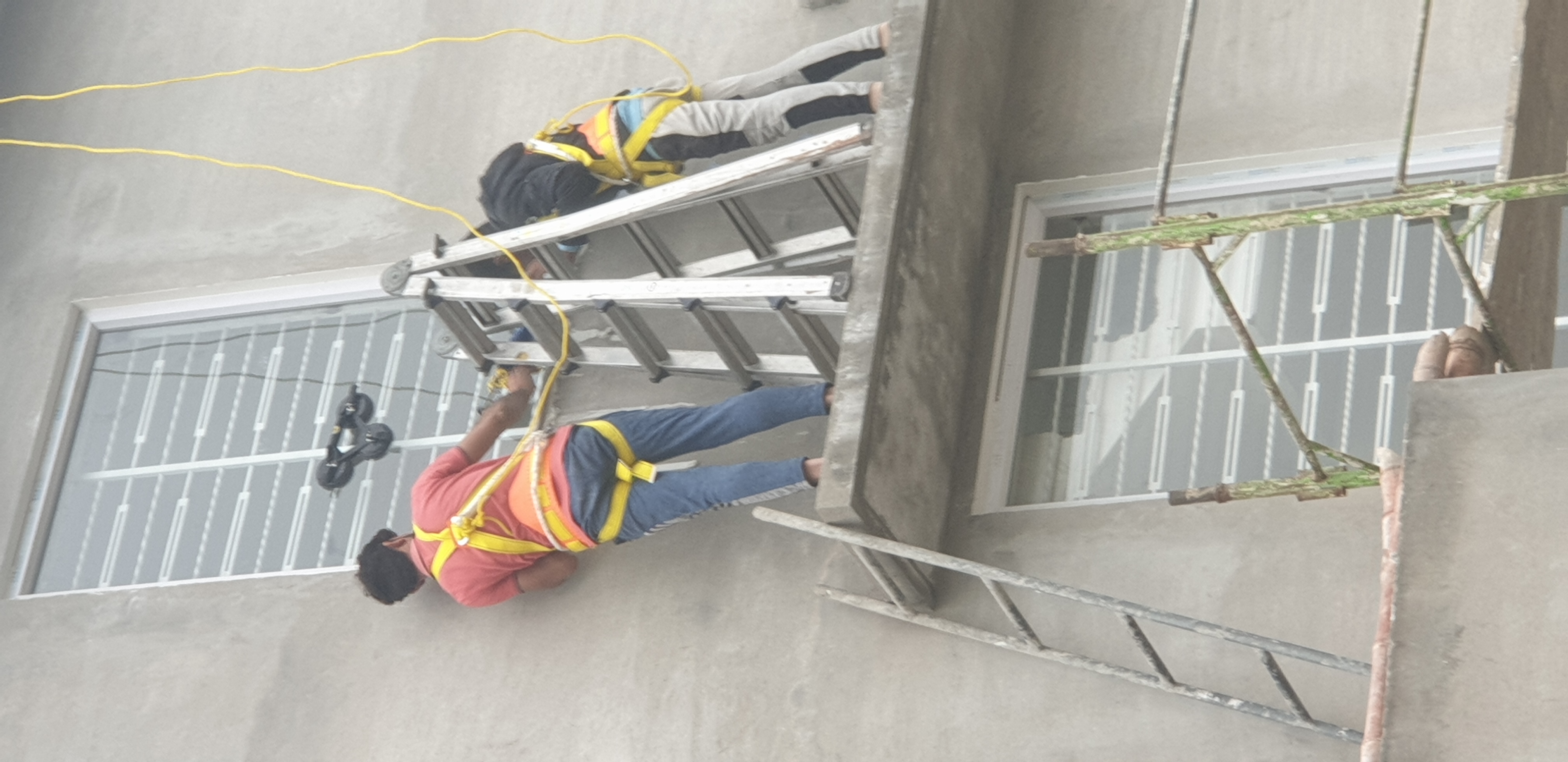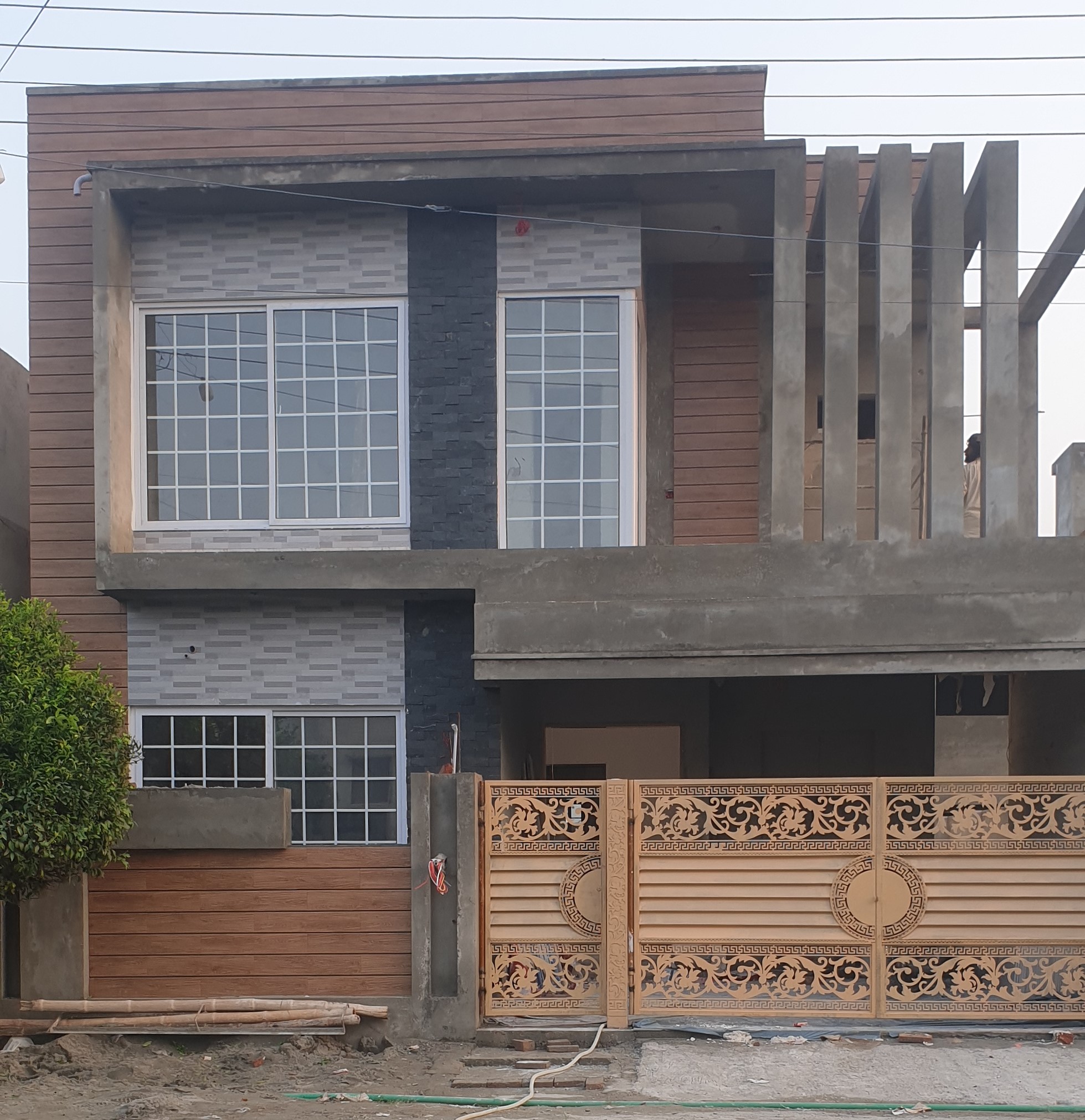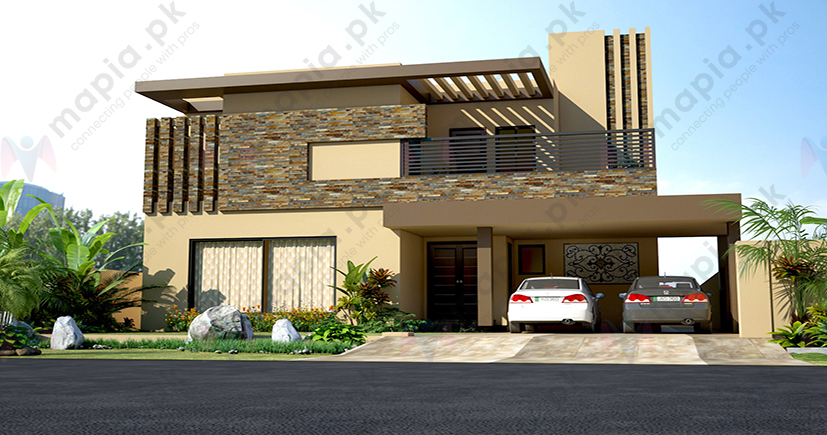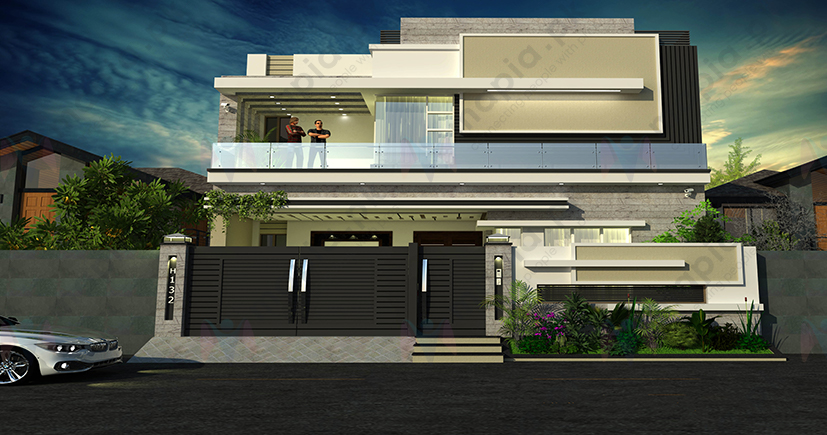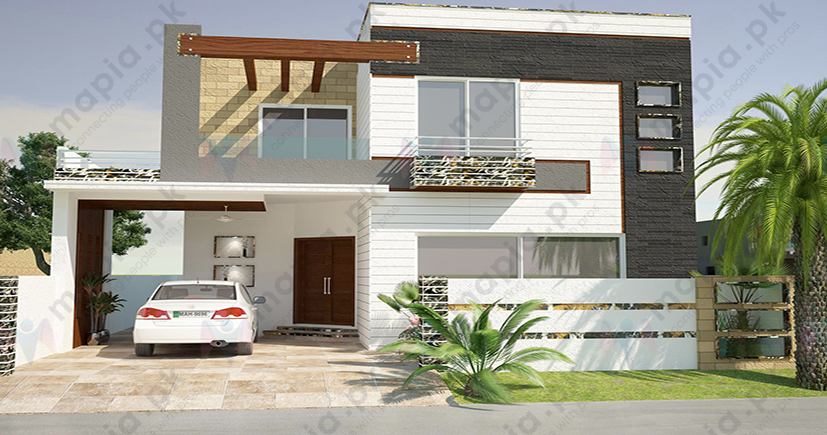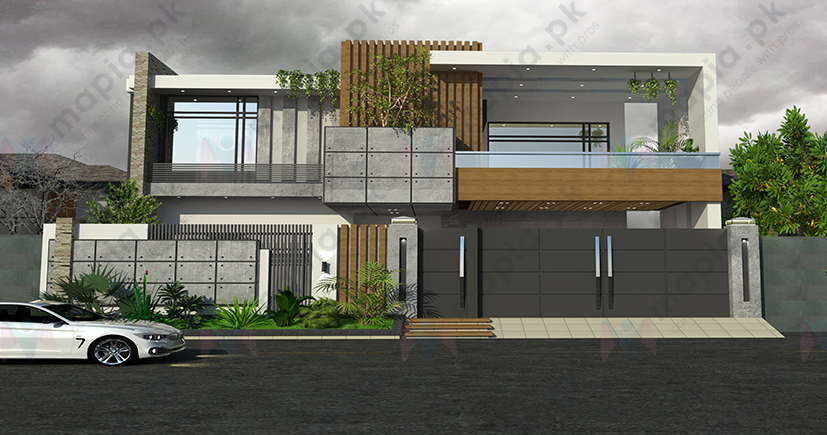Architectural and Engineering Glossary
J
Symbol for joule.
Abbr. for “joist and planks.”
1.A rectangular structure, either partially enclosed or open on all four sides, used as a tem- porary storage place, such as for grain; usually a flat roof supported by two to four posts on each side of the structure (depending on its size) and often covered with a layer of adobe mud or straw. 2.In the American Southwest, a crude house having walls built of closely spaced upright sticks, or poles driven into the ground, and small branches interwoven between them; then covered with mud or an adobe clay; usually plastered to provide additional weather protection; a flat roof is supported by horizontal logs and then covered with thatching, often with a layer of adobe atop the thatching.
1.A portable machine, variously constructed for exerting great force for moving a heavy body through a short distance. Also see hydraulic jack; jackscrew.2.An electrical receptacle into which a plug, 7 is inserted to make electrical contact between communication circuits.
A beam that supports another beam and eliminates the need for a supporting column.
A boom which supports sheaves that carry lines to a working boom.
Premium Product & Services
Best products and services from our partners
The rough lagging, 2 in centering an arch or vault.
A carpenter’s plane, of medium size; used for coarse work.
A post comprising two telescoping sections, so that it is adjustable in height; used to support a floor beam.
Any rafter that is shorter than the usual length of the rafters used in the same building; esp. occurs in hip roofs.
Any rib in a framed arch or dome shorter than the others.
A telescoping, or otherwise adjustable,single post metal shore.
A timber in a framework which, being intercepted by some other piece, is shorter than the rest.
A roof truss which is smaller in size than the others, usually because of location, as in a hip roof.
A pile (usually sections of pipe spliced together) which is forced into the ground to a bearing stratum, jacking it against a building or structure above; used primarily for underpinning.
1.A metal or cloth covering over the heat insulation which is applied to exposed heating pipes and ducts. 2.An outer casing around a pipe or vessel, the space between being filled with a fluid for cooling, heating, or maintaining a fixed temperature.
1.An airhammer.2.A hand- operated, pneumatic, rock drill.
The imposition of a static driving force on a pile by the use of jacks; a technique widely used for installing piles in the underpinning of structures.
1.A device used to raise a vertical slipform.2.A device used to stress the tendons in prestressed concrete.
In foundation work, blocks used as temporary fillers during jacking operations.
The force exerted temporarily by the device which introduces tension in tendons in prestressed concrete.
A steel plate, atop a pile during jacking operations, which is used to transmit the load of the jack to the pile.
The maximum stress occurring during the stressing of a tendon in prestressed concrete.
A jack in which a screw is used for lifting; carries a plate which bears on the load.
An imprecise term, applied to an English architectural style of the early 17th century that adapted the Elizabethan style to continental Renaissance influences; applied to buildings erected during the reign of James I (1603–1625) and thereafter. Large houses were usually two to three stories high and might have elaborate multicurved Flemish gables, Tudor arches, and decorative chimneys, and casement windows (separated by stone or cement mullions) that had small, diamond-shaped panes of glass held in place by grooved strips of lead
Jacobethan Revival A mode of Tudor Revival architecture, of limited popularity from the 1800s to about 1920, that was a blend of Jacobean and Elizabethan architecture; hence, the compound term. Such buildings are often characterized by front facing gables that rise above the roofline; elaborate brickwork or stonework; quoins at the corners of the building; occasionally, turrets or towers; stone straight line gables or multicurved gables, tall decorative chimneys; rectangular window frames, usually containing small, leaded panes of glass set in casement sashes.
Notching or indenting, as on beams.
1.A prison. 2.A building or place for the legal detention of persons.
A window having a number of top hinged out swinging pivoted sashes (ventilators, 2) one above the other, which are operated by on or more controls,with individually operated locking mechanisms.
A shutter or blind with fixed or adjustable slats which exclude rain and provide ventilation, shade, and visual privacy.
A window consisting of a series of overlapping horizontal glass louvers which pivot simultaneously in a common frame and are actuated by one or more operating devices so that the bottom edge of each louver swings toward the exterior and the top edge swings toward the interior during opening.
Same as locknut.
One of the vertical members at each side of an opening such as a doorframe, window frame, or fireplace.
A metal device inserted in the back of the jamb of a doorframe or window frame to anchor the frame to the wall.
A concrete masonry unit which has an end slot (rabbet) for use at an opening to receive a jamb.
The overall depth of a door frame, measured from one face to the other.
The section of a metal door jamb which extends below the level of the finish floor for attachment to the rough floor.
The part of the jamb of a window frame which extends beyond the sill or head jamb.
1.A strip of wood which is applied to the inside edge of a window jamb to increase its width. 2.Same as door case.
An upright timber at the side of an opening; a wood jamb.
A small shaft having a capital and a base,placed against or forming part of the jamb of a door or window;occurs mostly in medieval architecture.
An 18th cent cast iron stove at the back wall of a fireplace;projects into and heats the room adjoining the back of the fire place.
A stone which forms a jamb of a door.
In ancient Roman architecture,a front door which opens on the street.
Same as bifrons.
A short oil varnish,usually dark in color,which produces a hard glossy surface.
Architecture of timber construction exclusively,from the 5th cent. A.D.under the strong influence of China.Simple pavilion like structures consist of a wooden framework of uprights and tie beams supported by a platform,with nonbearing plaster or wood panel walls, sliding partitions,and doors and windows of light weight material often paper.The tiled,hipped roofs are widely projecting and upward-turning, on elaborate bracket systems.Stone is used only for pillar bases,platforms,and fortification walls.Great emphasis is put on the integration of buildings with their surroundings,with verandas providing the transition.Proportions of floor dimensions,height, and length of walls follow fixed standards.Modern Japanese architecture,though under strong Western influence,has developed a reinforced concrete style of its own,steeped in its tradition of timber construction.
A light yellowish wood having a grain similar to oak;esp. used for veneer.
See Chinese lacquer.
See tung oil.


